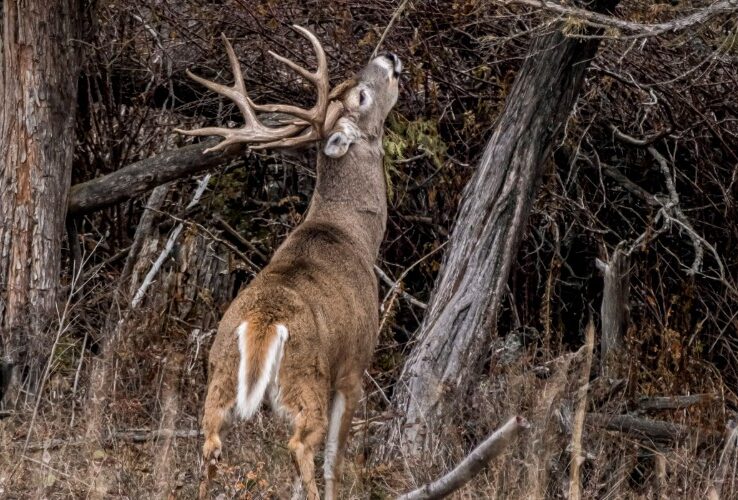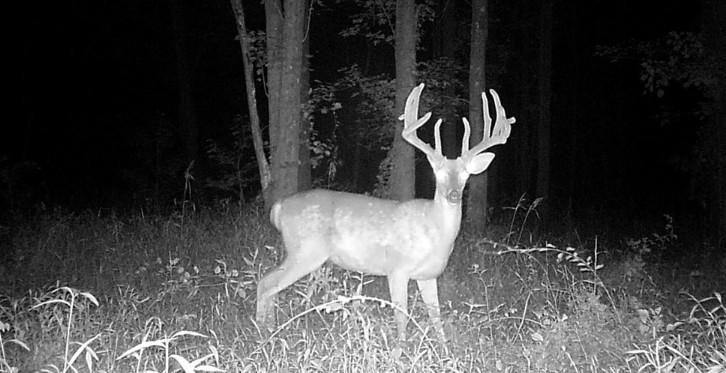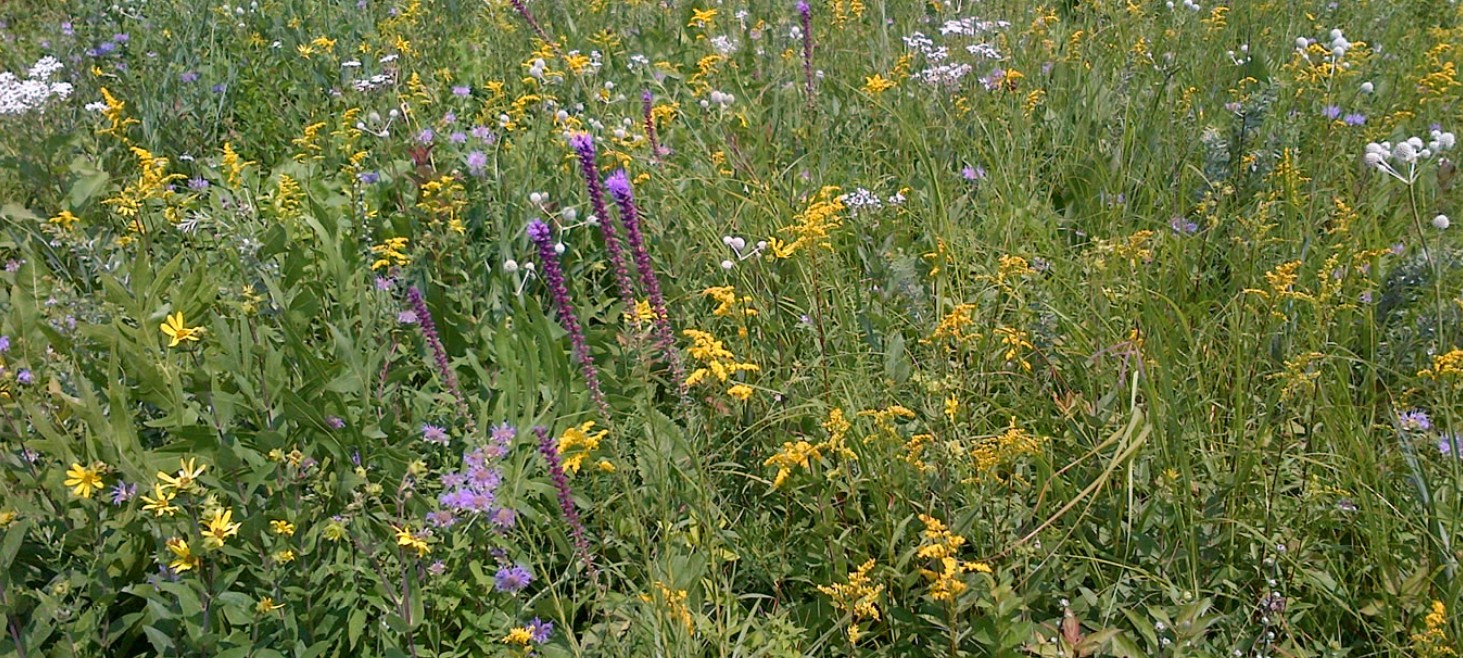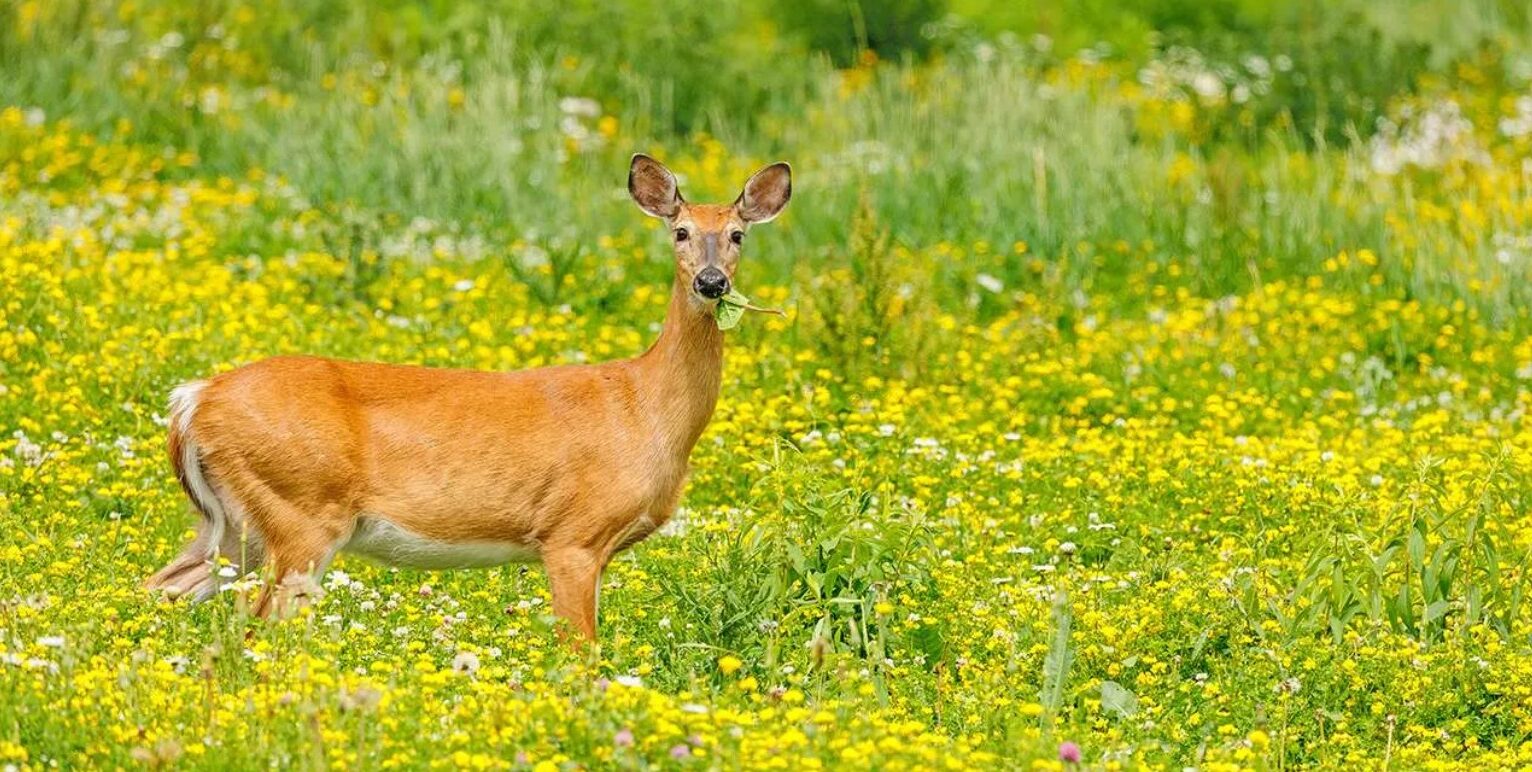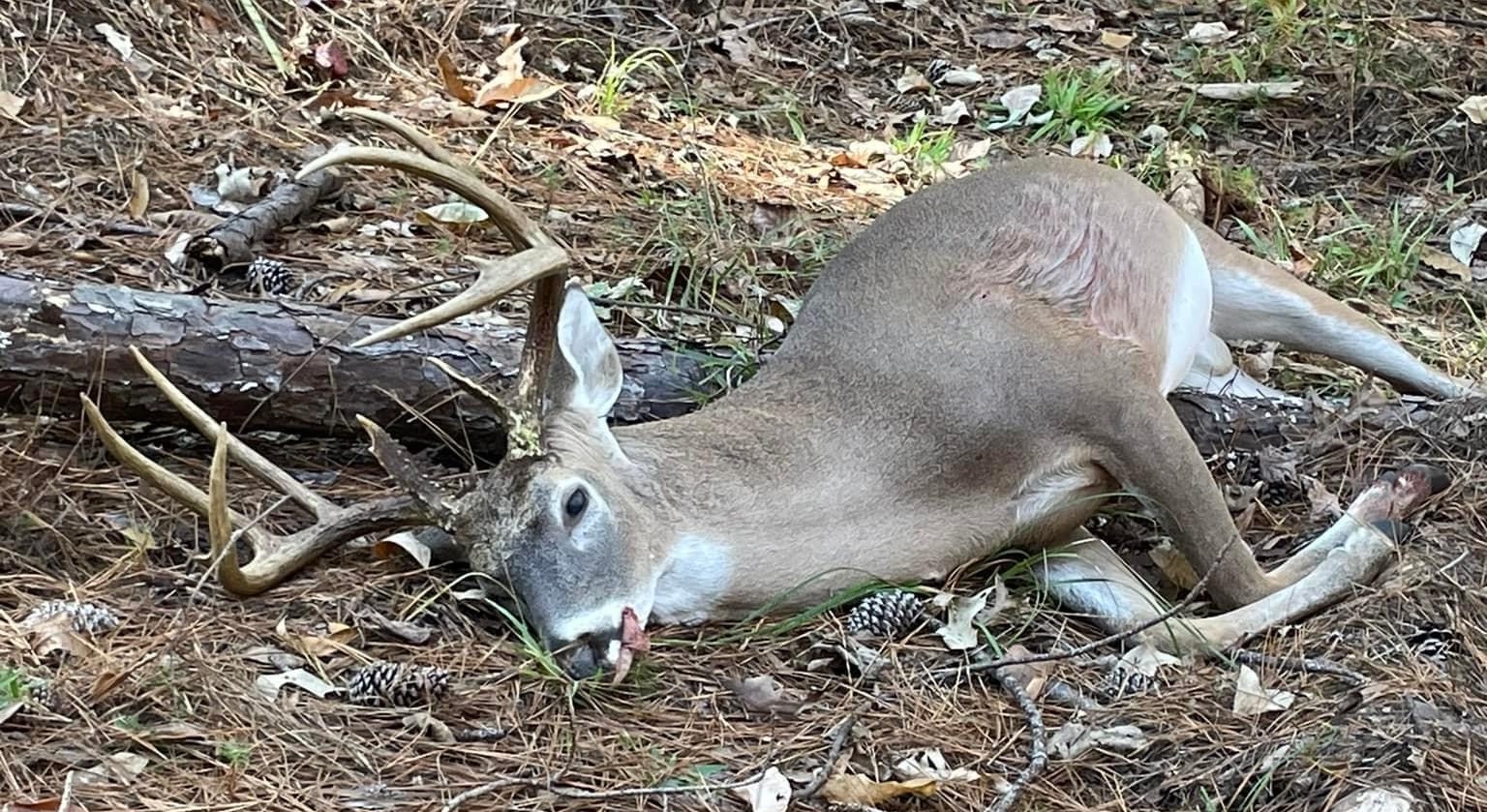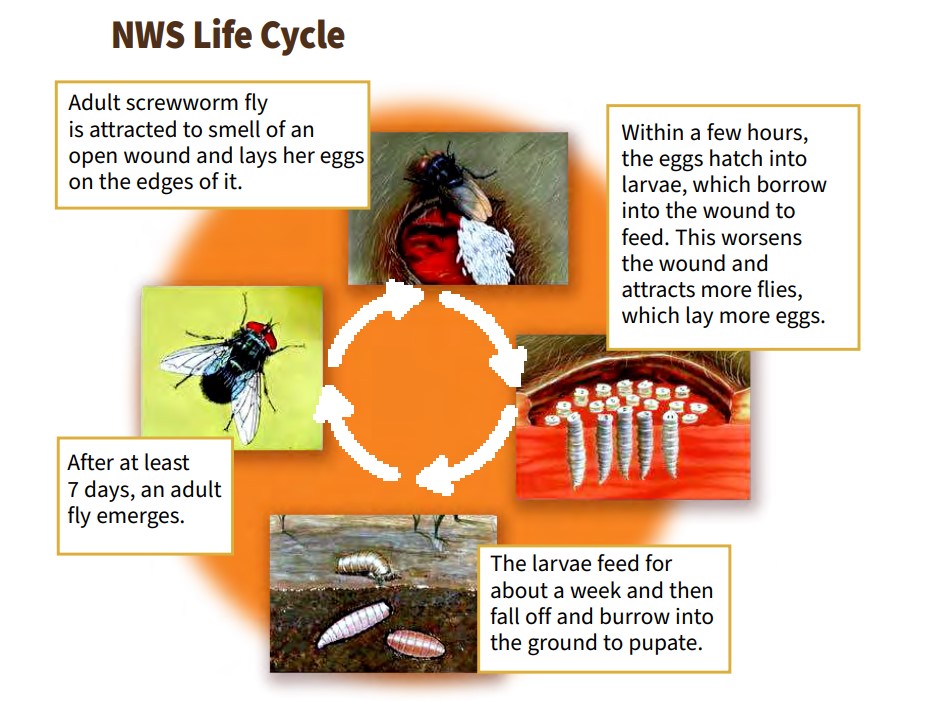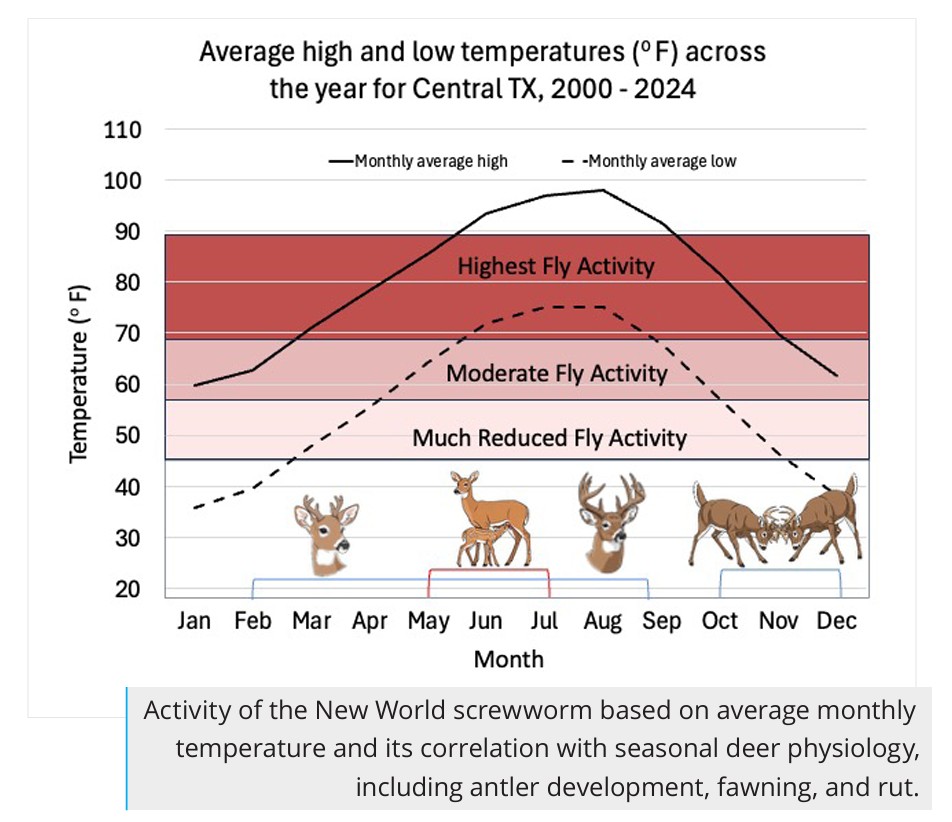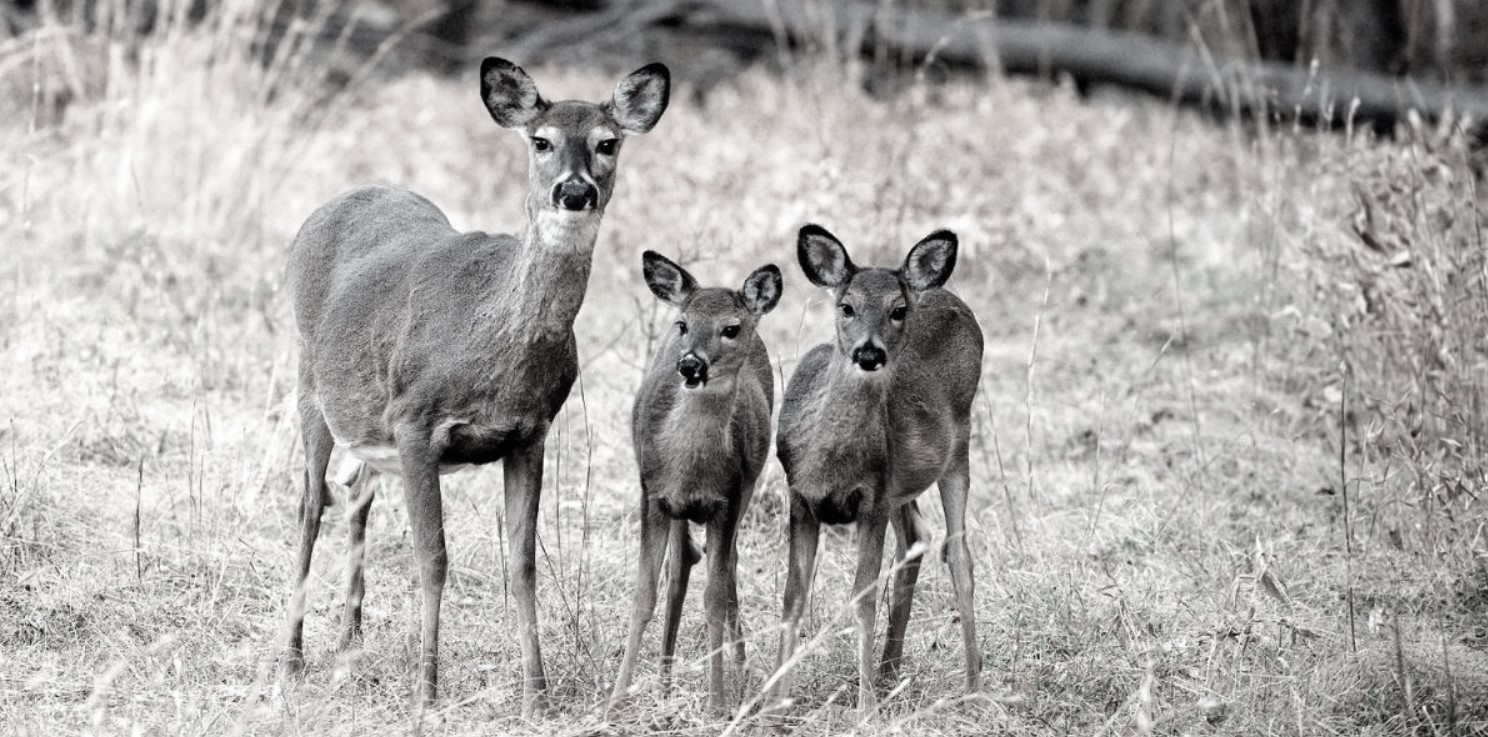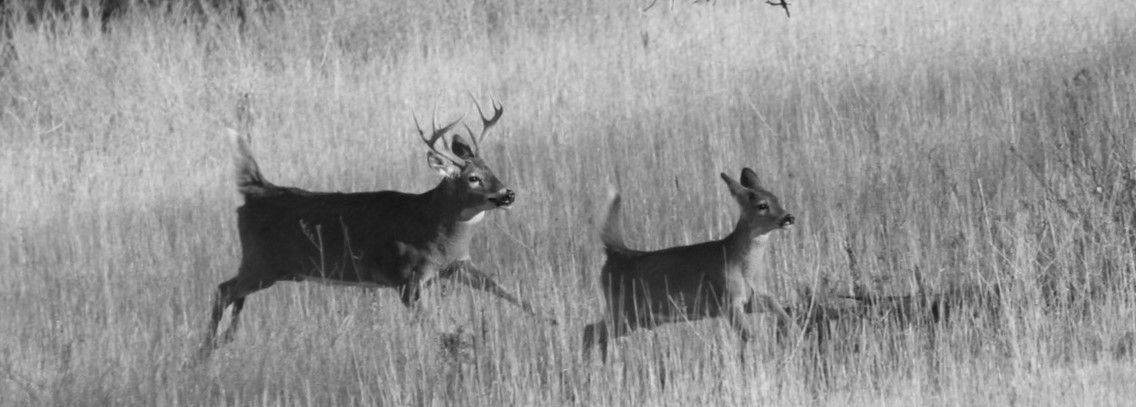December Deer Hunting Tips that Really Work
December is an especially exciting time for white-tailed deer hunting, offering a very different experience from the peak rut of November. This is true everywhere except in South Texas, where rut activity is just beginning. As temperatures fall and food sources dwindle, deer adjust their behavior dramatically. They will settle into new, predictable patterns that hunters can take advantage of. The December deer hunting tips offered in this article will help you capitalize on these late-season opportunities.
Bucks that were unpredictable and constantly on the move during the rut become more deliberate and focused on survival. They will often concentrate around reliable food sources such as standing corn, winter wheat, mast, or late-season food plots. The winter landscape also changes the hunt itself—bare trees, crisp air, and the possibility of snow. These environmental changes create both challenges and opportunities for hunters willing to adapt.
Late-season hunting demands patience, preparation, and a willingness to brave the cold, but the rewards can be exceptional. With fewer hunters in the woods, deer feel less pressure and may move earlier in the day. This is especially true during major cold fronts. The quiet of a December morning, combined with the heightened visibility of the winter woods, offers hunters a better chance to observe subtle deer movement and track fresh sign. Whether you’re targeting a weary old buck recovering from the rut or simply savoring the solitude of winter hunting, December provides a strategic and rewarding chapter in the whitetail season. Use it wisely!
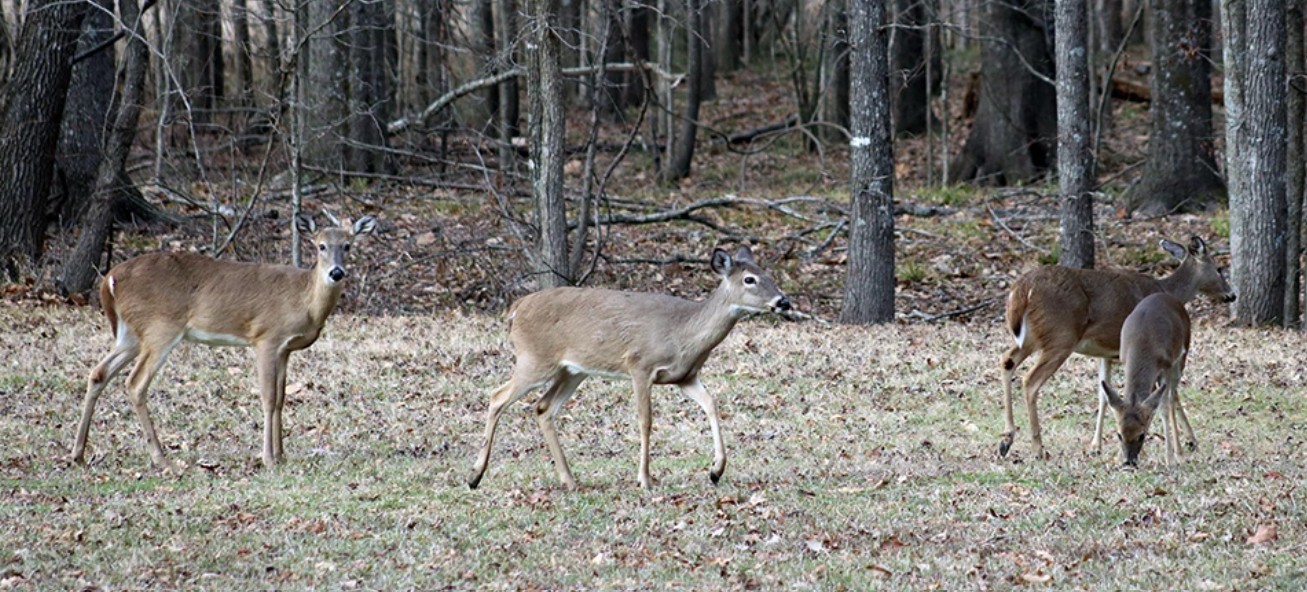
December Deer Hunting: Find Food
In December, food becomes the driving force behind nearly all deer movement. This fact makes high-quality food sources the best places for hunters to focus their efforts. Agricultural fields with leftover crops such as corn, soybeans, or winter wheat draw deer consistently during the late season. Again, this is especially true in the evenings as temperatures drop.
If you hunt in more wooded or hill country regions, seek out natural food sources. This includes any remaining acorns, browse near thickets, or edges of clear-cuts where fresh growth is available. These areas often become reliable hotspots once most fall food sources have been exhausted. Because deer are conserving energy in cold weather, they prioritize short, efficient travel routes between bedding and feeding areas. Knowing this information makes these travel corridors excellent stand locations.
Bedding areas themselves also become more predictable in December. Deer prefer the warmest, most sheltered cover they can find, including south-facing slopes, evergreen thickets, cedar patches, or dense swamp edges. Hunters who can slip close to these bedding areas without being detected can catch deer moving during daylight, especially after cold fronts.
Public-land hunters should pay special attention to overlooked pockets of thick cover far from pressure. Late-season deer often relocate to avoid human activity at all costs. By targeting the right combination of food, cover, and low-pressure terrain, hunters can put themselves in the best possible position for December deer hunting success.
Weather Advice: Deer in December
December weather can make or break a deer hunt. Understanding how conditions affect deer movement is key to late-season success. Cold fronts are among the most reliable triggers for daylight activity. Sharp temperature drops push deer to feed earlier and more aggressively to maintain energy.
The first evening after a major front—and the following morning—are often some of the best times to be in the stand. Wind direction also becomes even more important in the open winter woods, where cover is thin and sound travels farther. Position yourself with the wind in your favor and use natural terrain to stay concealed. Avoid overhunting spots where your scent may linger in cold, dense air.
Snow can also dramatically improve December hunting opportunities at higher latitudes. A fresh snowfall makes it easier to identify active trails, bedding areas, and feeding patterns. This allows hunters to adjust their setups based on real-time sign. Light to moderate snow often encourages deer to move earlier. However, heavy storms may suppress movement until conditions stabilize—after which deer typically surge toward food sources.
Cloud cover, barometric pressure changes, and prolonged cold spells can all influence deer movement as well. So, staying flexible and monitoring weather patterns can give you a major edge in December deer hunting. By aligning your hunts with key weather events, you can significantly increase your chances of encountering late-season deer during shooting hours.
Deer Hunting in December: Get Up & Get Down!
Tree stands and ground blinds each offer distinct advantages in December. Choosing between them often depends on the terrain, weather, and deer hunting pressure. Tree stands provide excellent visibility in the late season, especially after the leaves have fallen and the woods open up. Elevated positions help hunters stay above a deer’s line of sight and reduce the chance of being detected by sound or movement.
In December, when deer are cautious and daylight movement is limited, a tree stand overlooking a prime food source or a well-used travel corridor can be incredibly effective. However, cold temperatures and wind exposure can make long sits in a tree stand challenging. These situations require extra clothing layers and careful attention to staying still and warm.
Ground blinds, on the other hand, can be a tremendous asset in December. Ground blinds offer both concealment and protection from the elements. A well-brushed-in ground blind blends naturally into the winter landscape and allows hunters to stay warmer. This is critical for maintaining patience during long late-season sits. Ground blinds are especially effective near food plots, standing crops, or edges of thick bedding cover where deer may approach cautiously. They’re also ideal for bowhunters who need to draw without being detected in open winter woods. The downside is reduced visibility and the possibility of scent pooling in a blind if the wind is not properly managed.
Ultimately, both setups can produce great results. The best setup will depend on your particular situation. Successful December hunters often use a mix of elevated stands and ground blinds depending on wind, weather, and deer movement patterns. Don’t overthink this decision. Go with your gut and use the temperature and wind to your advantage when deer hunting during the December late season.
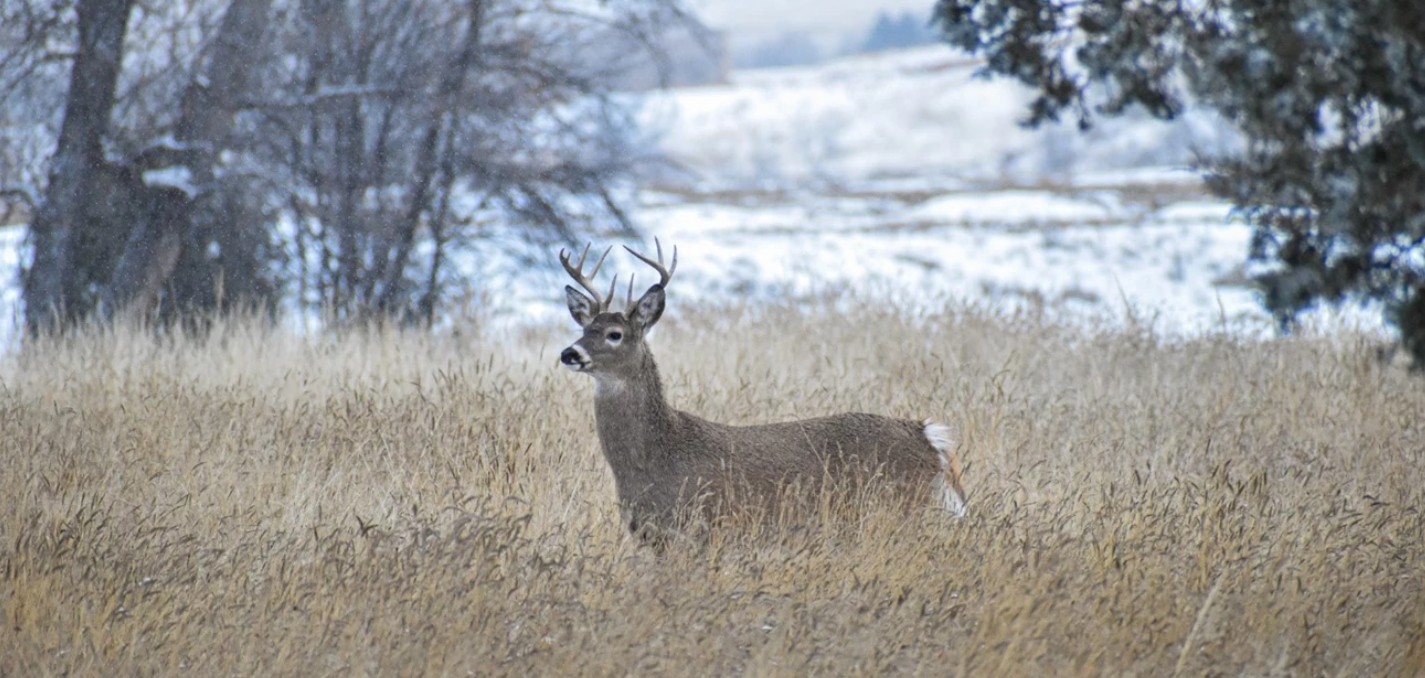
December Deer Hunting: Under Pressure
Hunting pressure throughout the fall significantly shapes deer behavior by the time December arrives. After months of encountering hunters, hearing vehicles, and sensing human scent, deer—especially mature bucks—tend to shift toward thicker, more remote cover. They generally avoid open areas during daylight. In addition, they often rely on secondary trails, side hills, and overlooked pockets that see little to no human intrusion.
Food sources close to heavy pressure may go cold. However, hidden food like isolated oak flats, abandoned fields, and small, tucked-away plots become prime locations for December deer hunting. In heavily hunted areas, deer become extremely cautious. This limits movement primarily to the edges of daylight, unless weather forces them out earlier.
Hunters who understand these pressure-driven changes can use them to their advantage. Target low-pressure zones far from access points, hunting on weekdays. Slip into areas other hunters overlook—such as steep terrain, swamps, cedar thickets, and small pockets of cover. These deer hunting tips can put deer back into play when hunting the late season. Setting up closer to bedding areas becomes more effective in December. The reason: Deer minimize their travel distances to conserve energy and avoid disturbance.
Hunters who carefully monitor wind, reduce noise, and keep their entry and exit routes clean can turn pressured deer behavior into predictable movement patterns. Allow other hunters to push deer. By focusing on quiet, strategic setups, late-season hunters can encounter deer that have all but vanished from more heavily pressured areas.
